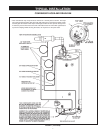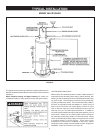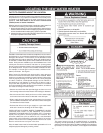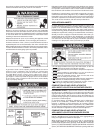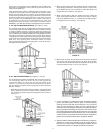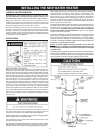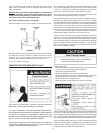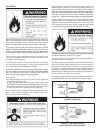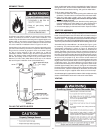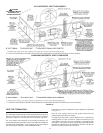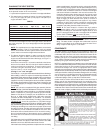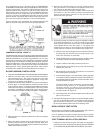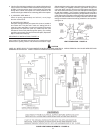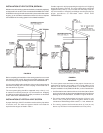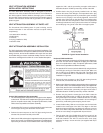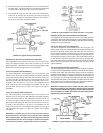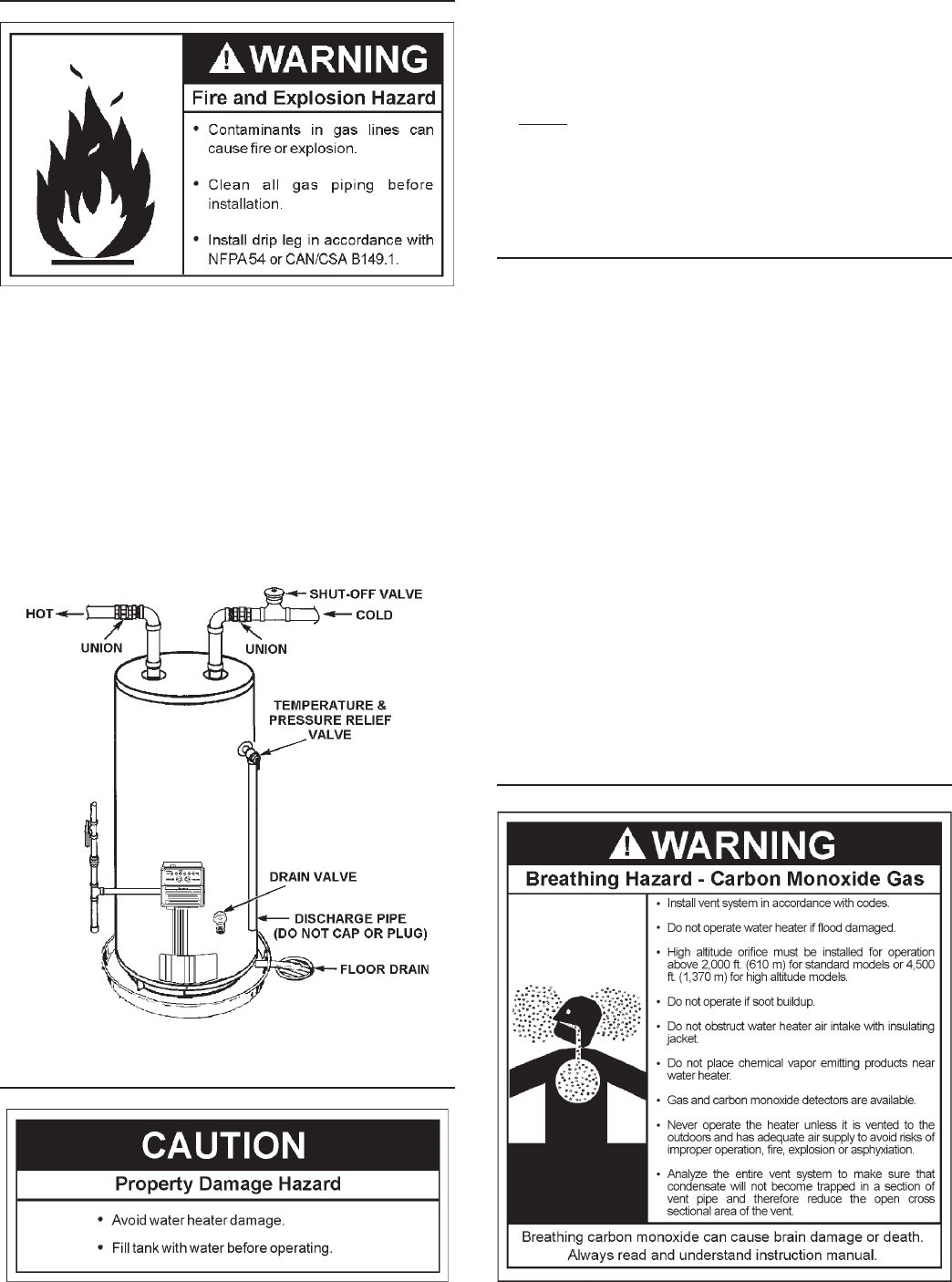
15
SEDIMENT TRAPS
A sediment trap shall be installed as close to the inlet of the water
heater as practical at the time of water heater installation. The
sediment trap shall be either a tee fitting with a capped nipple in the
bottom outlet or other device recognized as an effective sediment
trap. If a tee fitting is used, it shall be installed in conformance with
one of the methods of installation shown in Figures 12 and 13.
Contaminants in the gas lines may cause improper operation of the
gas control valve that may result in fire or explosion. Before attaching
the gas line be sure that all gas pipe is clean on the inside. To trap
any dirt or foreign material in the gas supply line, a drip leg
(sometimes called a sediment trap) must be incorporated in the
piping. The drip leg must be readily accessible. Install in accordance
with the “Gas Piping” section. Refer to the current edition of the
National Fuel Gas Code (ANSI Z223.1/NFPA 54) or the Natural
Gas and Propane Installation Code (CAN/CSA B149.1).
FIGURE 14.
FILLING THE WATER HEATER
Never use this water heater unless it is completely full of water. To prevent
damage to the tank, the tank must be filled with water. Water must flow
from the hot water faucet before turning “ON” gas to the water heater.
To fill the water heater with water:
1. Close the water heater drain valve by turning the handle to the right
(clockwise). The drain valve is on the lower front of the water heater.
2. Open the cold water supply valve to the water heater.
NOTE: The cold water supply valve must be left open when
the water heater is in use.
3. To insure complete filling of the tank, allow air to exit by opening the
nearest hot water faucet. Allow water to run until a constant flow is
obtained. This will let air out of the water heater and the piping.
4. Check all water piping and connections for leaks. Repair as needed.
VENT PIPE ASSEMBLY
There are three parts of the vent pipe assembly that connect the water
heater exhaust (located on the lower back side of the water heater) to
the inlet of the blower assembly (mounted on top of the water heater) as
shown in Figure 1. These parts will need to be assembled according to
the instructions in the VENT PIPE PREPARATION section of this manual.
These PVC parts should be assembled with ASTM D-2564 grade cement.
Assemble Vent Pipe Assemblies #1, #2 and #3 (See Figure 1) prior
to cementing. The preferred orientation of Vent Pipe Assembly #1
(Condensate U-Assembly) is shown in Figure 16. However this
assembly may be rotated to a different orientation as needed for the
specific installation requirements. Note the rotational orientation of
each part by marking a line several inches long across the joints.The
long tube of Vent Pipe Assembly #2 should be approximately vertical.
If it is found that either of the two pieces of pipe in Vent Pipe Assembly
#2 are too long for proper fit-up, then remove as little material as
possible to improve the fit-up. Keep in mind that the pipes will insert
slightly further into the elbows when cement is applied as it acts as
a lubricating agent. The vertical distance from the bottom of the
Condensate U-Assembly to the floor that supports the water heater
should be approximately 0.25" (0.64 cm), see Figure 16. Disassemble
the parts and cement back together using the alignment marks. After
the cement dries, attach the assembly to the blower and the water
heater exhaust using the supplied rubber boots and hose clamps.
A condensate trap is incorporated in the bottom of this vent pipe assembly.
See the CONDENSATE section of this manual for further details.
VENTING



